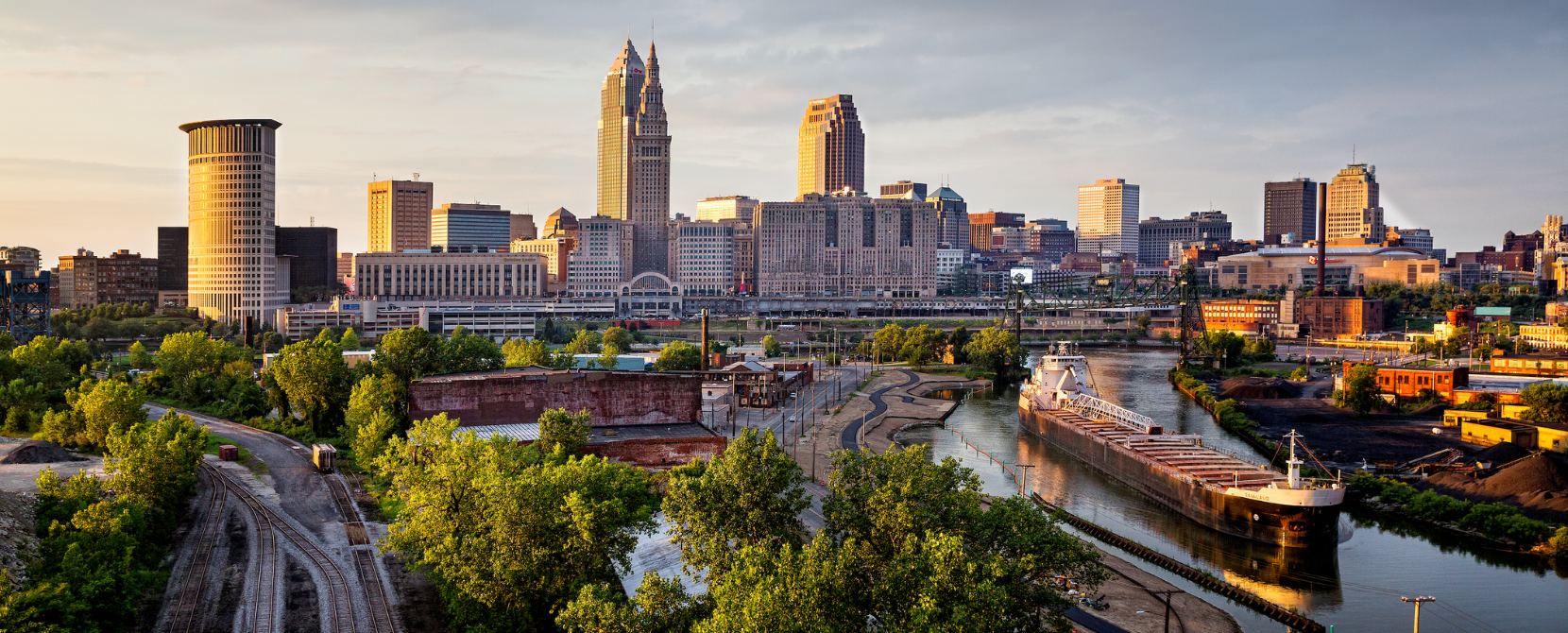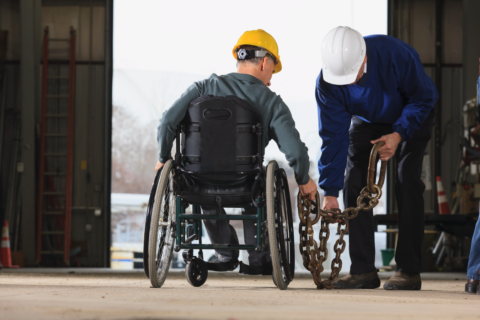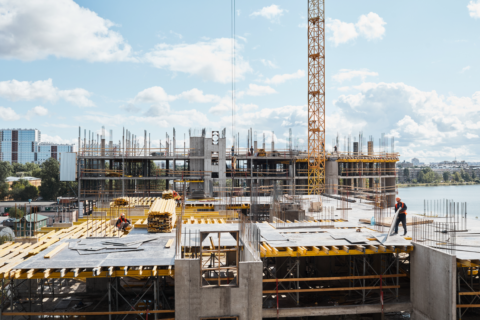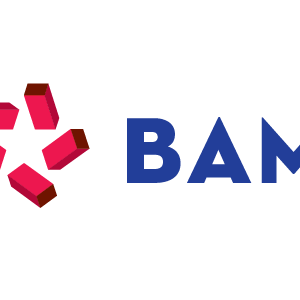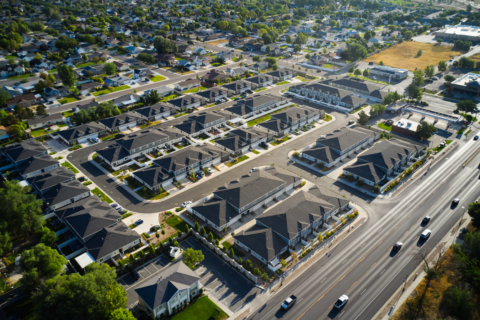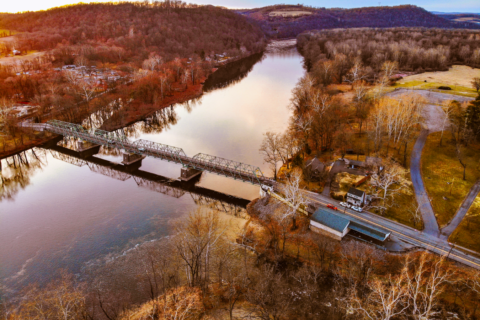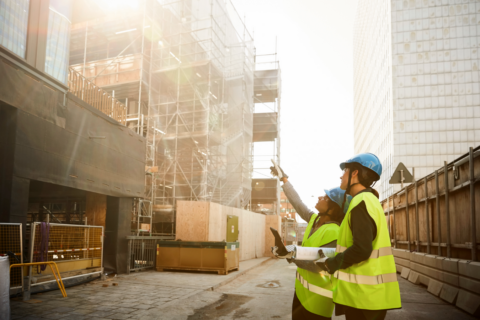In November 2021, President Biden signed the Bipartisan Infrastructure Law (BIL), officially known as the Infrastructure Investments and Jobs Act (IIJA), into law. This historic legislation delivers necessary infrastructure funding to cities, towns and villages across the US. NLC and its members are celebrating BIL’s second anniversary and the hope BIL is bringing to communities in critical need of infrastructure funds. This historic investment not only allows localities to make improvements to decades-old infrastructure but also funds new and innovative projects to make lasting infrastructure investments for the future.
As of August 2023, the administration has awarded more than $13 billion dollars in funding to municipal-eligible projects. These allocations have resulted in the development of more than 1,600 projects across over 1,100 municipal governments for investments in resilience, safety and clean energy as well as roads, bridges, public transportation and other infrastructure that are used by more than 97 million people.
“For over half a decade, the National League of Cities relentlessly advocated for lawmakers in Washington to invest in our country’s infrastructure – our roads, our bridges, our water systems, and the broadband networks that keep our communities connected. With the funds in the Bipartisan Infrastructure Law, we’re now seeing that work become reality. Our new dashboard demonstrates all of the remarkable ways cities, towns and villages are putting these historic federal funds to work in their communities.”
Clarence. E. Anthony, CEO and Executive Director of the National League of Cities
Though communities of all types have enjoyed some investment, this funding has varied widely by population and region. Large municipalities (pop. 300,000+) received the largest awards, with a median of more than $36 million, while medium (pop. 50,000-299,999) and small (pop. <50,000) municipalities averaged $4.5 million and just over $830,000, respectively. However, per capita awards to small communities were highest at $244, with medium and large communities each at around $40 per capita.
Regionally, median awards were highest in the West, at nearly $1.9 million, and the South, at nearly $1.6 million. The Northeast/Mid-Atlantic region averaged just under $1.2 million, while the Midwest followed at $950,000. Nonetheless, Midwestern communities enjoyed median per capita awards of $252, more than three times the nearly $78 per capita received by Western communities. In between were the Northeast/Mid-Atlantic ($126) and the South ($109).
Communities of different sizes also put their funding to considerably different uses. By project counts, large cities most embraced the categories of Roads, Bridges and Major Projects; Airports and FAA Facilities; and Environmental Remediation, which together accounted for 62 percent of large-city projects. In mid-sized cities, Safety proved most popular with 22.5 percent of projects, with Airports and FAA Facilities and Roads, Bridges and Major Projects behind. In small cities, over a third of projects were dedicated to the top category of Electric Vehicles, Buses and Ferries, followed by Safety and Environmental Remediation.
Projects undertaken also varied considerably on a regional basis. While Safety led project counts in the West and South at 19.5 percent and 24 percent of totals, the Northeast/Mid-Atlantic pursued 29 percent of its projects in Environmental Remediation and the Midwest undertook 31 percent of projects in the Electric Vehicles, Buses and Ferries category. Notably, the West is the only region of the country where Water was a top category — accounting for 17.4 percent of projects — in line with concerns regarding climate change and worsening drought conditions.
In NLC’s Rebuilding America Dashboard, local leaders and community members can explore the BIL winners to date and understand how municipalities across the US plan to deploy these funds. NLC plans to update the dashboard on a quarterly basis, with the next update expected to be in December 2023, as the General Services Administration (GSA) continues to announce awards.
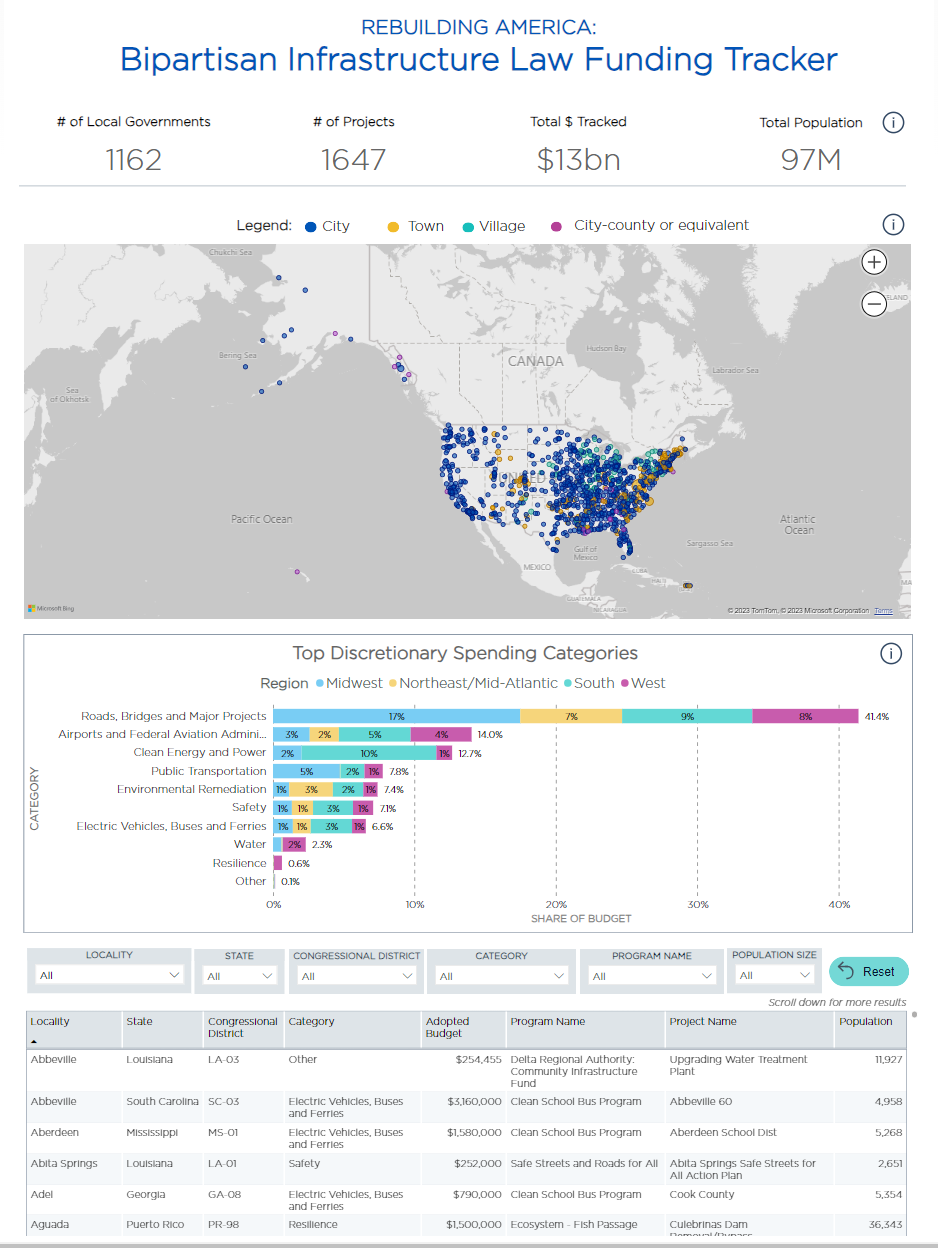
With two of three years complete for most of the BIL program funding, NLC will continue to support and highlight municipalities in their journeys. To celebrate BIL’s second anniversary, this week NLC will highlight BIL investments in communities across the country that touch on the following topics:
- Climate and Environment
- Energy
- Partnership
- Workforce
- Local Investment Returns on BIL
- Safety
- Water State Revolving Funds
Continue to check Cities’ Speak to see the latest blogs or find them at NLC’s Ready to Rebuild webpage.
